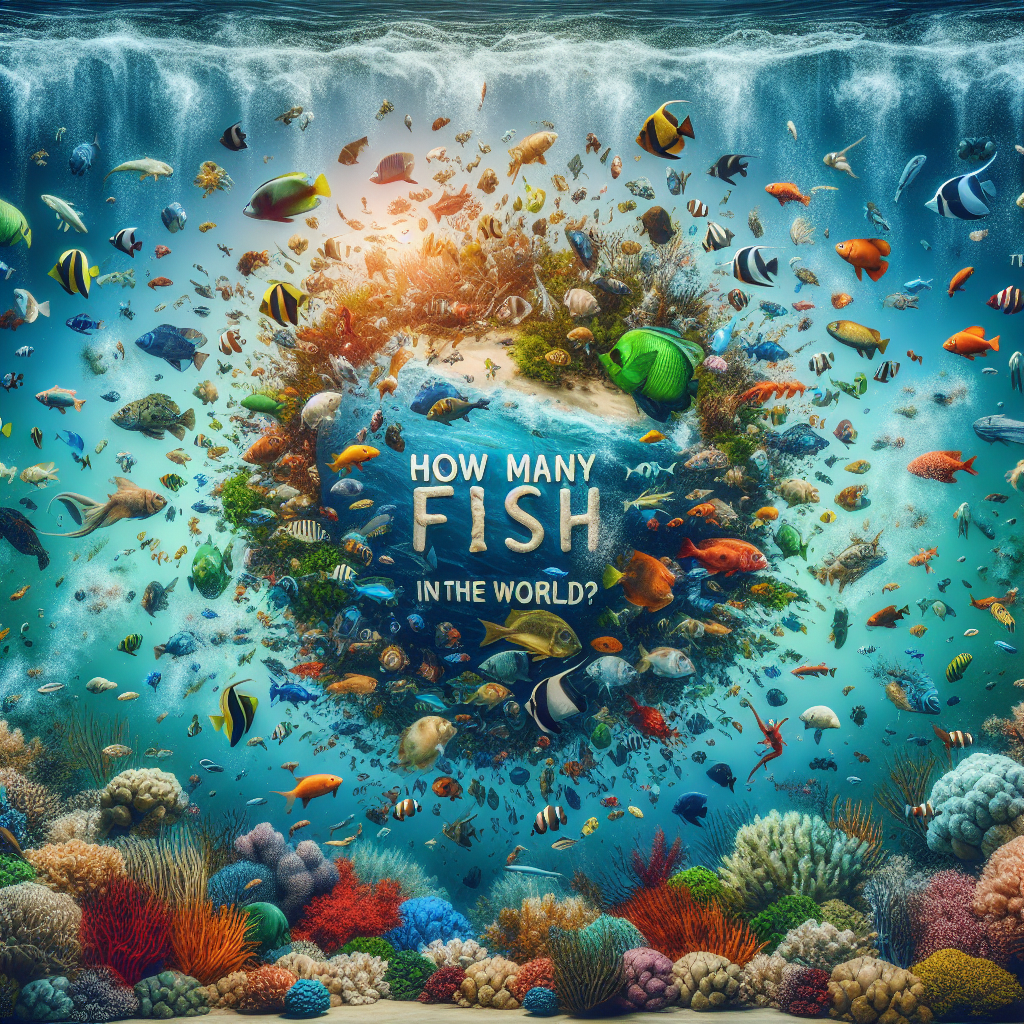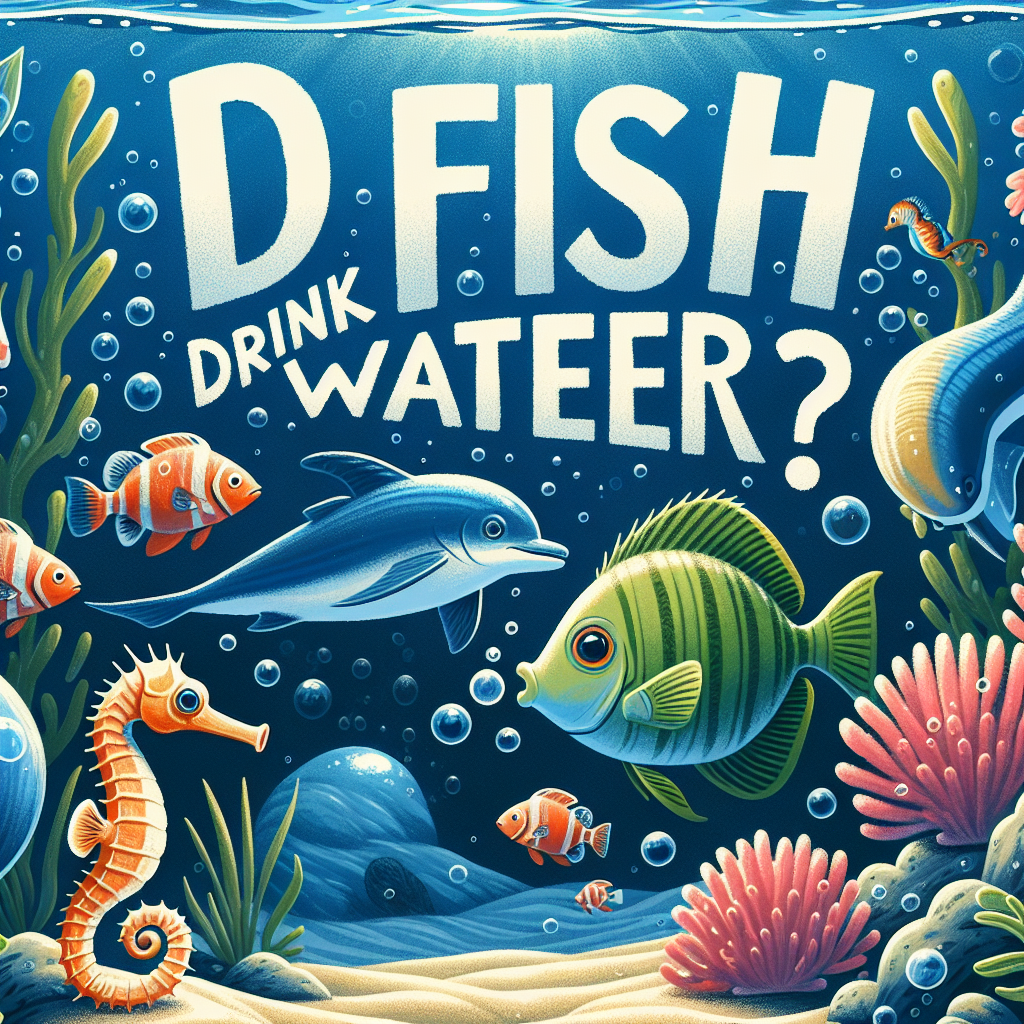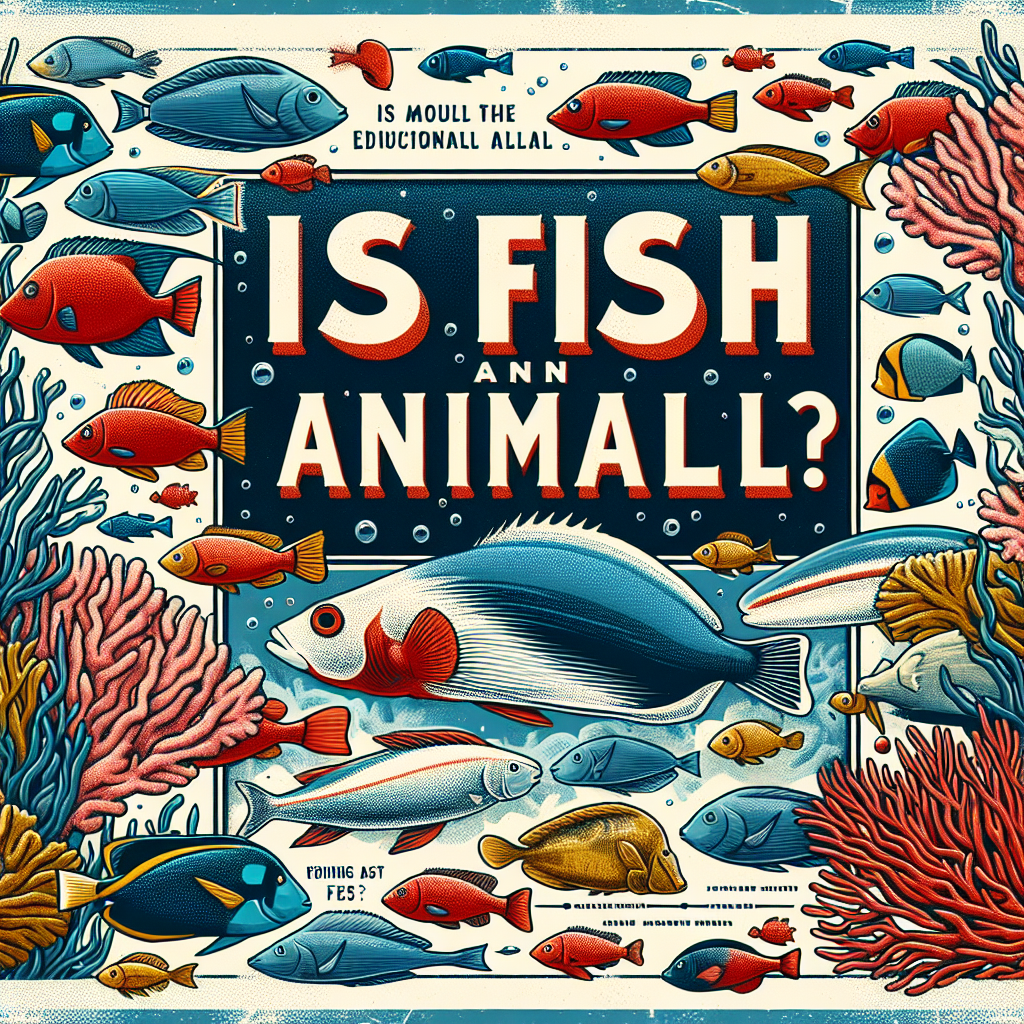The question of how many fish inhabit the world’s oceans, rivers, and lakes is not straightforward. Estimates vary widely, and several factors contribute to the complexity of this inquiry, including the vast diversity of fish species, their different habitats, and the challenges associated with counting them.
Fish Diversity
Fish are the most diverse group of vertebrates, with over 34,000 recognized species according to the latest classifications. These species vary significantly in size, shape, and habitat preferences, ranging from tiny gobies to massive whale sharks. Their habitats span freshwater systems, such as rivers and lakes, to the vast expanses of the ocean.
Estimating Fish Populations
Tracking fish populations is challenging due to several factors:
-
Habitat Variation: Fish can be found in various environments—deep seas, coral reefs, freshwater lakes, and rivers. Each environment requires different methods of population estimation.
-
Data Collection: Many fish populations remain unstudied or poorly documented. Scientific surveys and catches by fisheries can provide estimates, but they may not capture the full picture, especially for rare or elusive species.
- Dynamic Populations: Fish populations are not static; they fluctuate due to spawning cycles, environmental changes, fishing pressures, and habitat destruction. This dynamism complicates long-term estimates.
Approximate Global Fish Numbers
While exact numbers are elusive, scientists have attempted to estimate fish populations globally. A frequently cited figure is that there are approximately 3.5 trillion fish in the world. This estimate considers various species and habitats, though it is important to note that it is a rough approximation.
Factors Influencing Fish Numbers
Several factors can influence fish populations:
- Overfishing: Unsustainable fishing practices can deplete fish stocks faster than they can replenish.
- Pollution: Chemical runoff and plastic pollution can degrade fish habitats and lead to population declines.
- Climate Change: Shifting water temperatures and acidification can affect fish distribution and breeding patterns.
Conclusion
Estimating the total number of fish in the world remains a complex task fraught with challenges. While approximations suggest there are trillions of fish, ongoing research is essential for understanding fish biodiversity, population dynamics, and the impacts of human activity on aquatic ecosystems. Protecting fish populations and their habitats is vital for the health of our planet and the future of human fisheries. Continued investment in scientific research and sustainable practices will be crucial in ensuring that these vital creatures thrive for generations to come.





